|
|
Post by 1dave on Nov 10, 2013 16:53:36 GMT -5
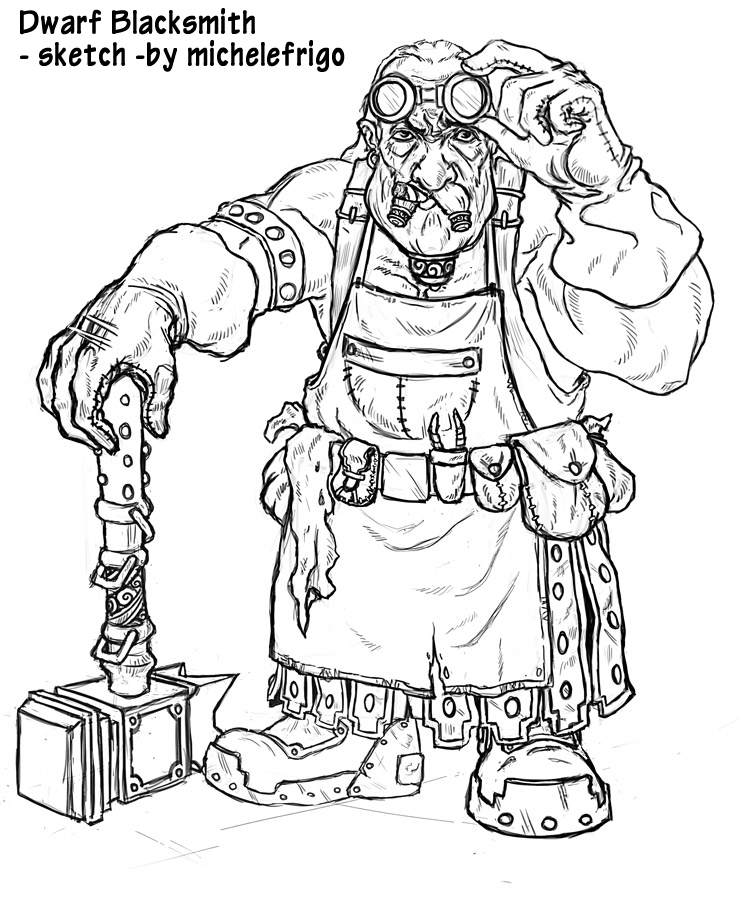 Let's talk about Metalsmithing! 1st, there are some excellent books out there. 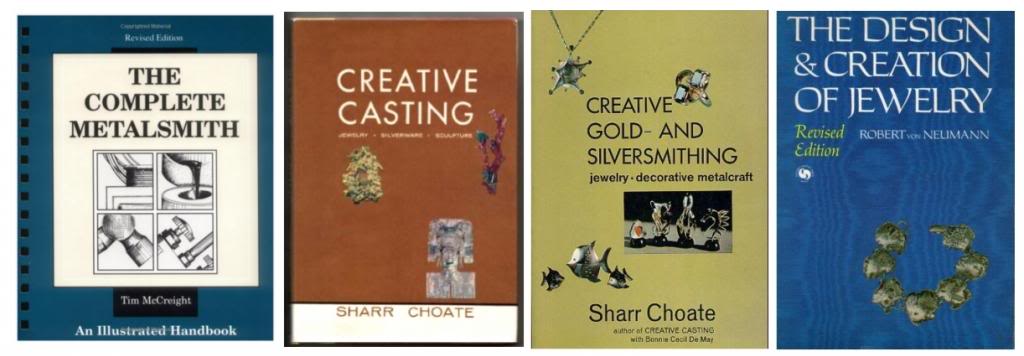 |
|
|
|
Post by 1dave on Nov 10, 2013 17:07:51 GMT -5
2nd, a workbench comes in handy. Perhaps you just need something for beading or engraving, 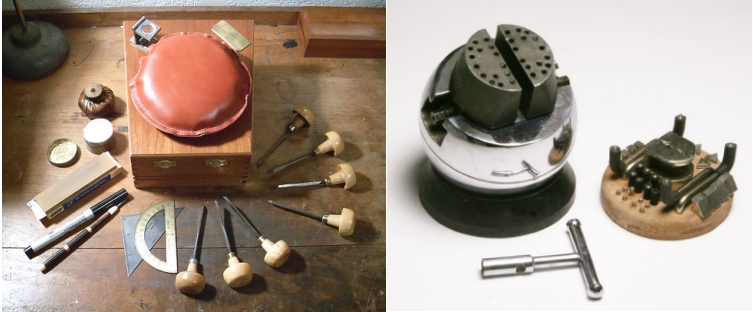 but hobbies have a tendency to grow into other areas. Prepare for the future if you can. 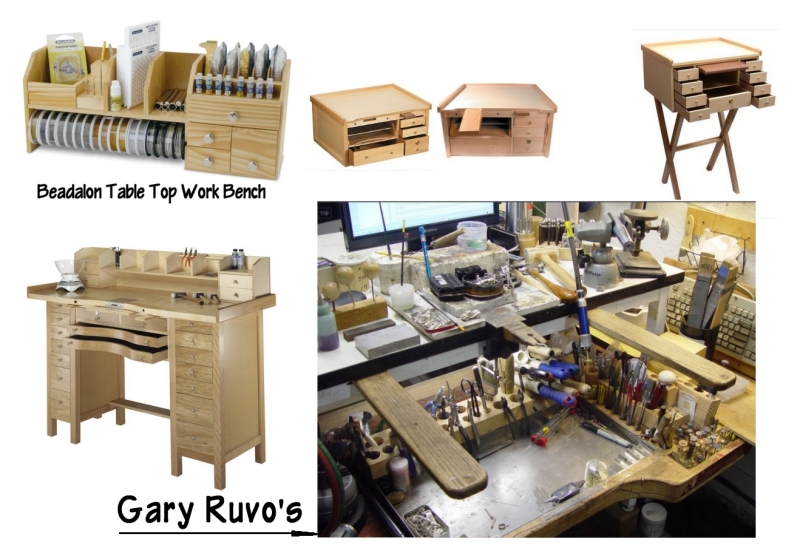 It would be good to add some holes to insert special tools. 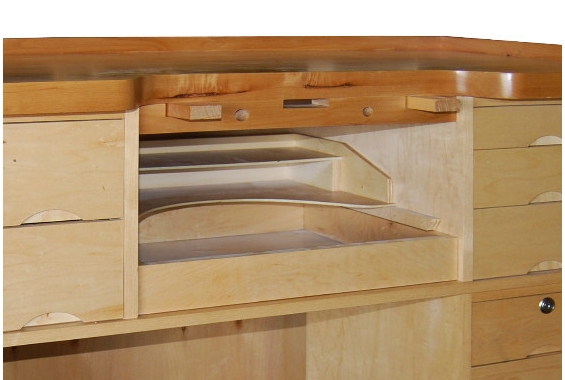 Bench Tools 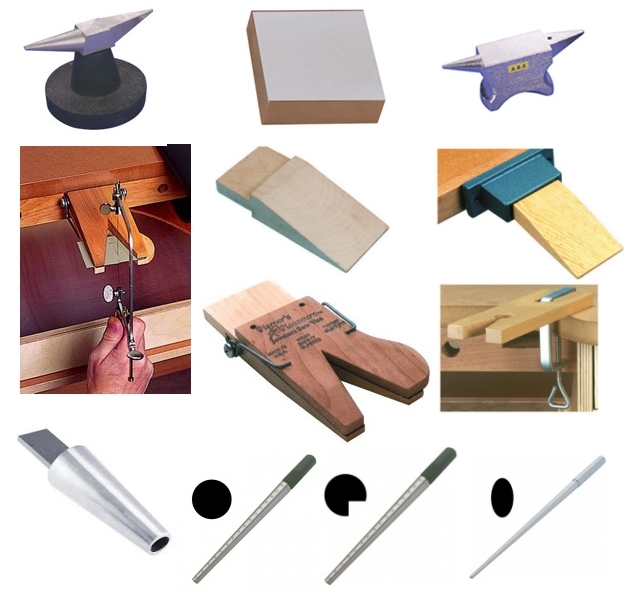 And if you are producing precious metal filings, a pre-streched Canvas easily slid out can save big $! 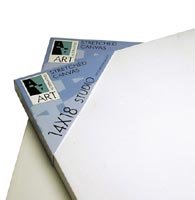 |
|
|
|
Post by 1dave on Nov 10, 2013 17:18:17 GMT -5
3- Refining Silver: There are many silversmiths around and their scrap comes up for sale from time to time. What to do with it? 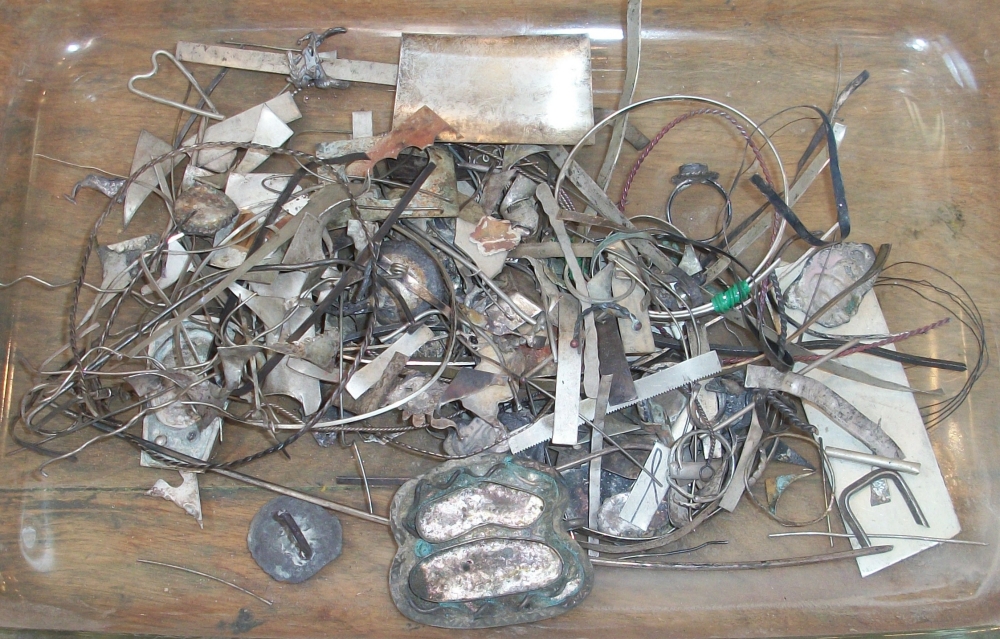 Pick out the pieces that are still "Sterling." The safest thing to do with the rest which is mixed with solder is to refine it. |
|
|
|
Post by 1dave on Nov 10, 2013 17:29:44 GMT -5
4 - Making Plate: I had the good fortune to know Jay Bee Bown, the inventor of the Garnet Block. 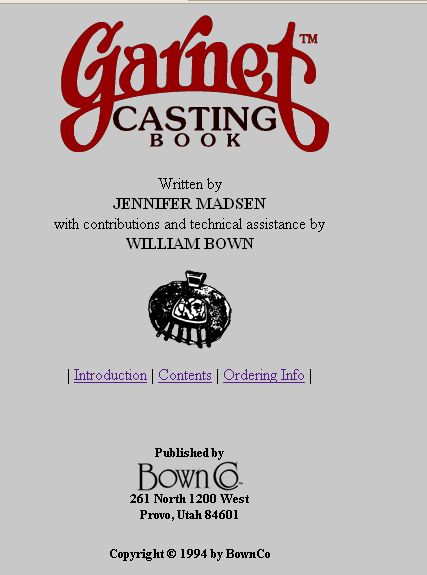 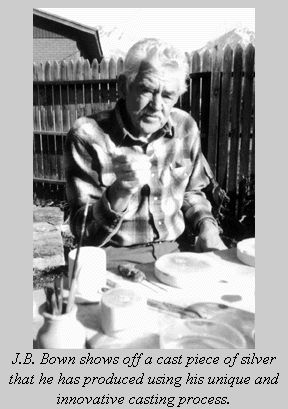 Here is his description of the process: |
|
|
|
Post by 1dave on Nov 10, 2013 17:38:06 GMT -5
5 - Working Wire: I've found it advantageous to own numerous Draw Plates and a pair of draw tongs. 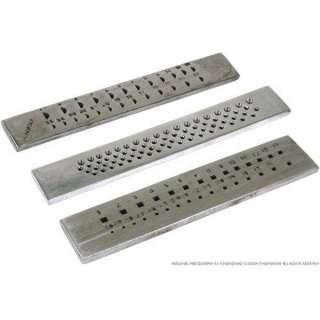 They come in all kinds of shapes, round, half round, square, triangle, heart, etc. That allows you to buy a few large gauge wires, then draw them down to the diameter and shape you want later on. Also you can twist or braid small wire and pull it through a half round DP for interesting ring shanks, etc. Really interesting is to twist together silver and copper wire, pull through a square DP for bending into name pins. Specialty pliers are available at jewelry supply stores AND at orthodontic supply houses. 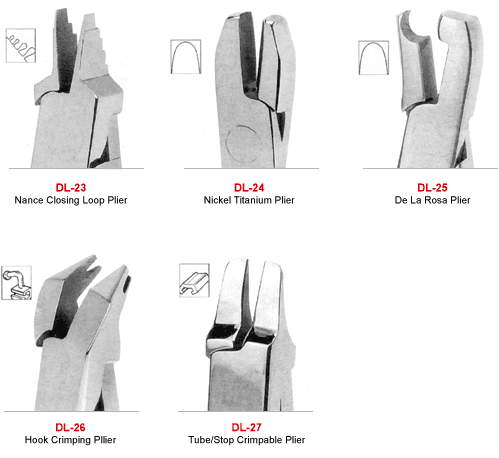 There are lots of bending jigs available: 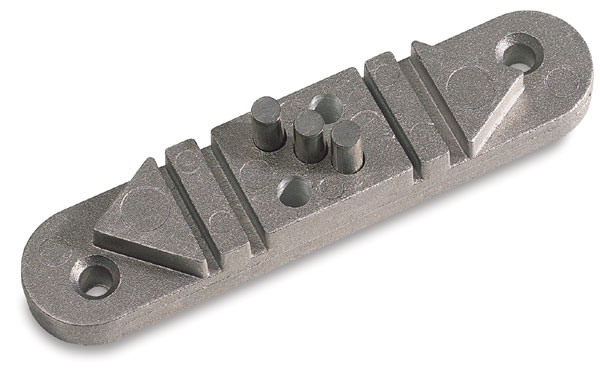 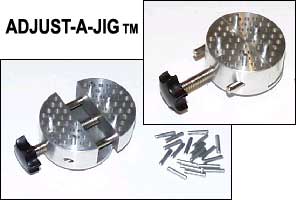 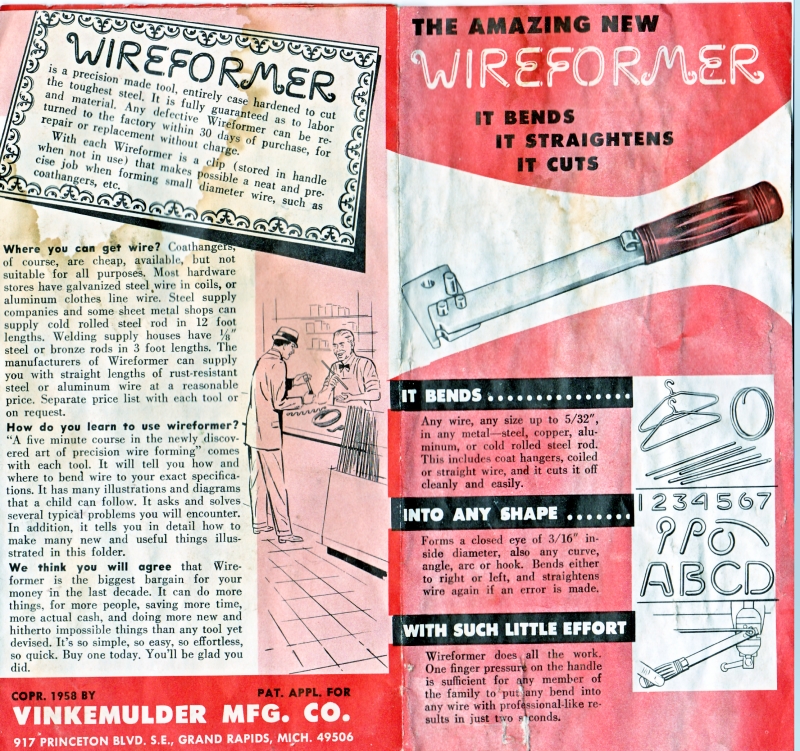 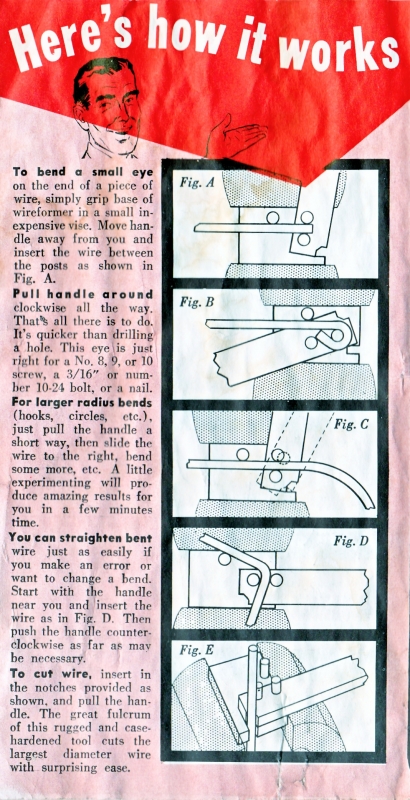 Which allows you to make names, 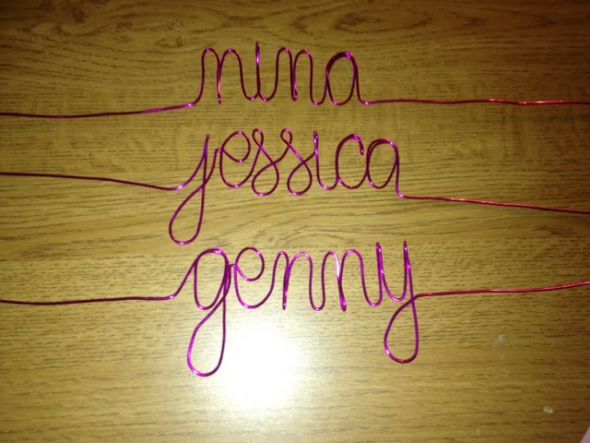 And all kinds of neat stuff! 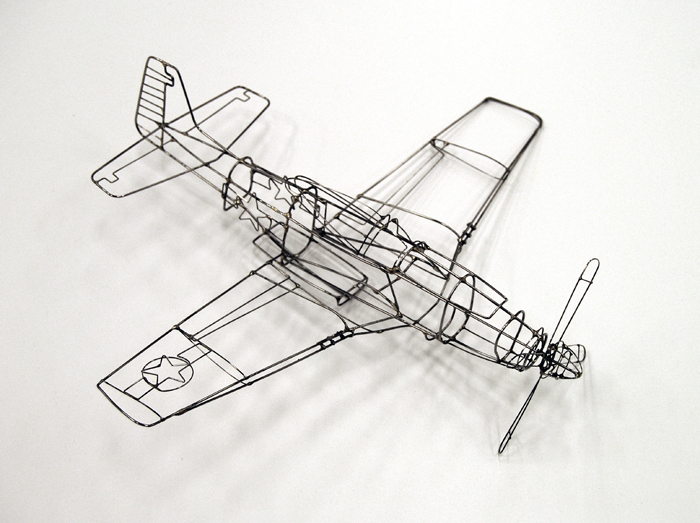 Imagine displaying your tumbled stones in this! |
|
|
|
Post by 1dave on Nov 10, 2013 18:02:33 GMT -5
|
|
|
|
Post by 1dave on Nov 10, 2013 18:17:36 GMT -5
7 - Casting Is well covered in Sharr Choate's book. Dripping melted silver into water, ice, wet pine needles or broom straws provide interesting shapes to work with! For Lost Wax Casting you will need a centrifuge and metal wash tub to keep gold from flying everywhere! 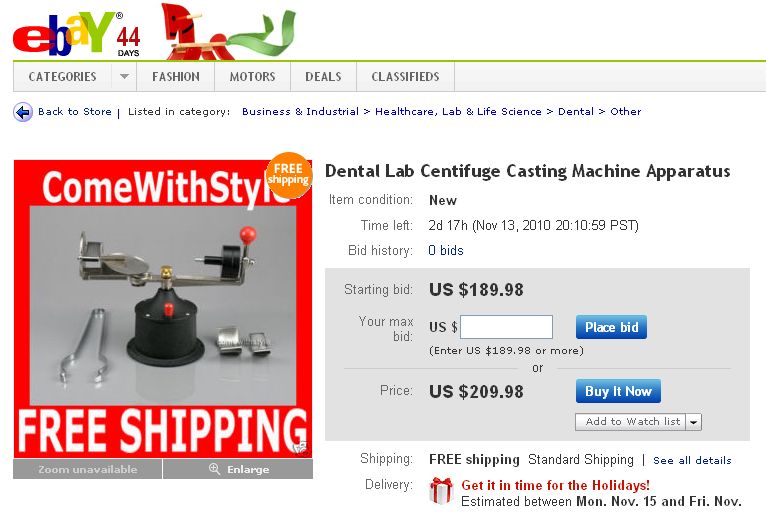 I make my forms out of copper pipe to fill with cristobalite and my wax mold, but you will need to purchase Crucibles to melt your metal in: 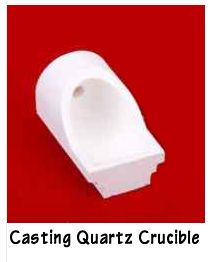 Don't toss that empty propane tank! 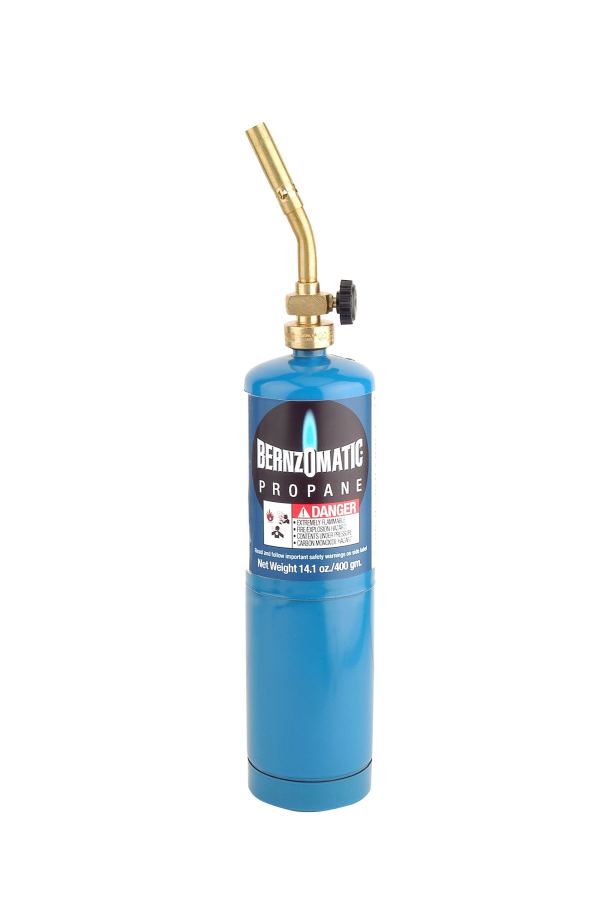 Open the valve all the way and heat that tank to drive all the gas out. Do it several times, then close the valve while still HOT! When it cools down, you will be the proud owner of a vacuum casting unit! Make your mold with a hole in the bottom the nozzle will fit in, Burn out the wax, melt metal on top of the mold, then stick the nozzle in place and open the valve. The vacuum will help suck the molten metal down into the mold. |
|
|
|
Post by 1dave on Nov 10, 2013 18:20:20 GMT -5
8 - Fabrication again is well covered by Sharr Choate's book on "Creative Gold and Silversmithing." I watched Don Black make jewelry many years ago at the Spencer Precious Opal Mine in Idaho and was amazed at how few (and large) tools he used to make masterpieces. This will do for most projects: 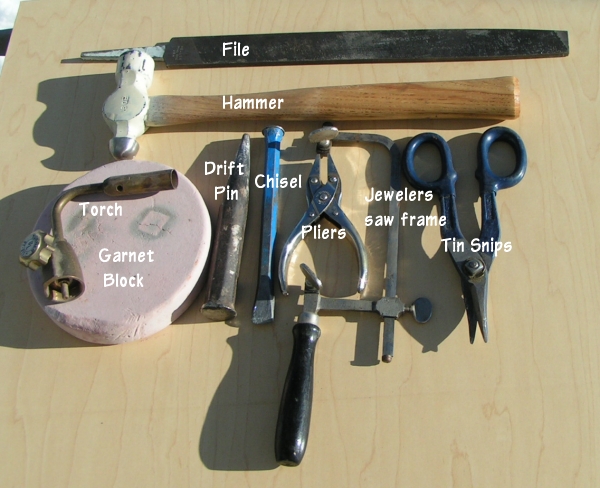 |
|
|
|
Post by 1dave on Nov 10, 2013 18:21:42 GMT -5
9 - there are already lots of articles on RTH about Wire Wrapping.
Study them all!
|
|
|
|
Post by 1dave on Nov 10, 2013 18:28:32 GMT -5
10 Electroplating is another way to "clean" your silver. Toss the scrap in one end, pure silver on the other, and attach a 9 volt battery. 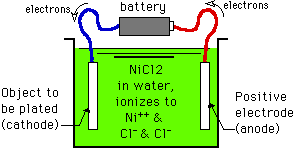 |
|
kaldorlon
spending too much on rocks
 
Member since October 2013
Posts: 413 
|
Post by kaldorlon on Nov 10, 2013 18:49:35 GMT -5
You have a ton of info...just want to hook the electrodes up to your brain and copy them right on over to mine!
|
|
|
|
Post by Pat on Nov 10, 2013 19:04:12 GMT -5
Metalsmiths have lots of toys, and will get more. That's part of the attraction.
Your garnet soldering block is new to me. Sounds useful.
|
|
Tom
fully equipped rock polisher
   My dad Tom suddenly passed away yesterday, Just wanted his "rock" family to know.
My dad Tom suddenly passed away yesterday, Just wanted his "rock" family to know.
Member since January 2013
Posts: 1,557
|
Post by Tom on Nov 10, 2013 19:07:09 GMT -5
Lol. Ya Dave you have some great info. I want to copy your head hard drive to mine:)
|
|
|
|
Post by 1dave on Nov 10, 2013 19:18:44 GMT -5
Metalsmiths have lots of toys, and will get more. That's part of the attraction. Your garnet soldering block is new to me. Sounds useful. Jay was a stone mason. around 1980 he discovered a garnet sand deposit and as he was working with Navajos learning silversmithing, he experimented and came up with the garnet block concept. You can carve a design into it, melt your silver on top of it, press another garnet block on top of it, and have a cast that quick. Put water on the carving, rub the other block on it and the material will move and fill in the cuts and you are ready to make a new design! |
|
|
|
Post by pghram on Nov 10, 2013 19:37:37 GMT -5
Great post, thanks!
Rich
|
|
|
|
Post by Pat on Nov 10, 2013 19:49:23 GMT -5
1dave, where is the garnet soldering block sold?
|
|
Deleted
Deleted Member
Member since January 1970
Posts: 0
|
Post by Deleted on Nov 10, 2013 20:18:17 GMT -5
Time for a mind meld  |
|
gemfeller
Cave Dweller 
Member since June 2011
Posts: 4,059 
|
Post by gemfeller on Nov 10, 2013 22:15:37 GMT -5
You can carve a design into it, melt your silver on top of it, press another garnet block on top of it, and have a cast that quick. Sounds like a twist on traditional Navajo tufa casting. I recall reading ads for this long ago in LJ but could never quite understand what made it "different." Maybe you can explain? Rick |
|
|
|
Post by 1dave on Nov 11, 2013 9:09:45 GMT -5
|
|
|
|
Post by 1dave on Nov 11, 2013 12:21:49 GMT -5
You can carve a design into it, melt your silver on top of it, press another garnet block on top of it, and have a cast that quick. Sounds like a twist on traditional Navajo tufa casting. I recall reading ads for this long ago in LJ but could never quite understand what made it "different." Maybe you can explain? Rick Tufa = limestone, travertine; but Eric Begay wrote: So it sounds to me more like pumice. Navajo artists took two chunks and rubbed them together until both pieces fit well together, then carved a pattern into both pieces with an opening at the top, heated the cavity, then poured molten silver into it. ebegay.com/mm5/merchant.mvc?Screen=TUFAMaking do with what you had instead of buying $50,000 worth of equipment must have been a plus. I think it would be a great way to make a belt buckle or bracelet. |
|